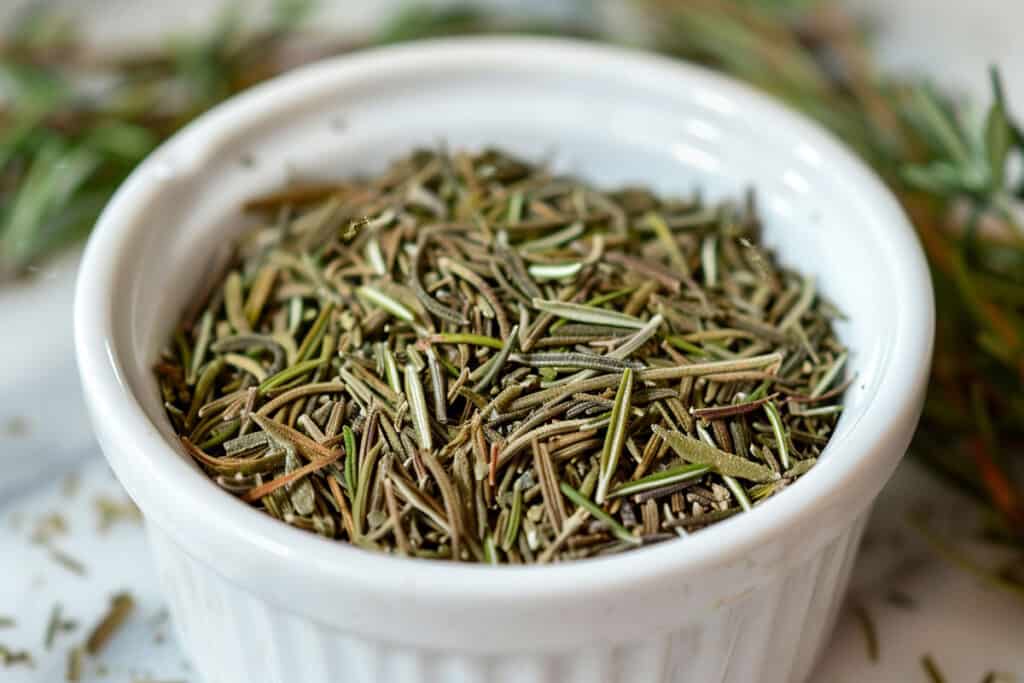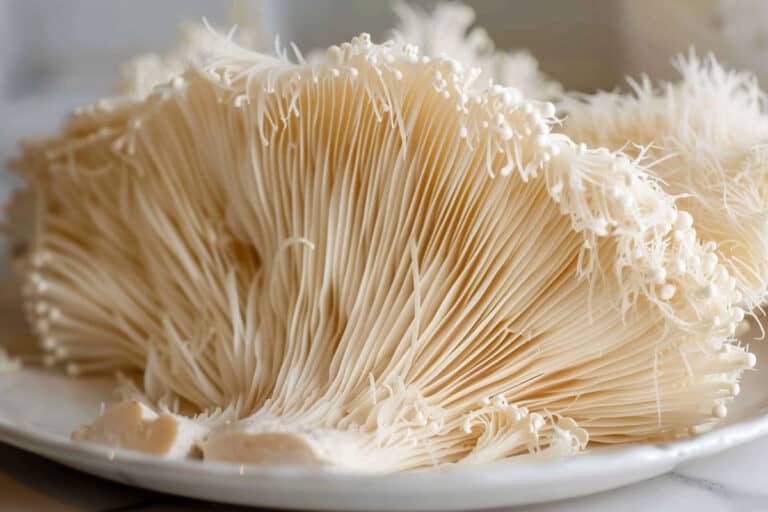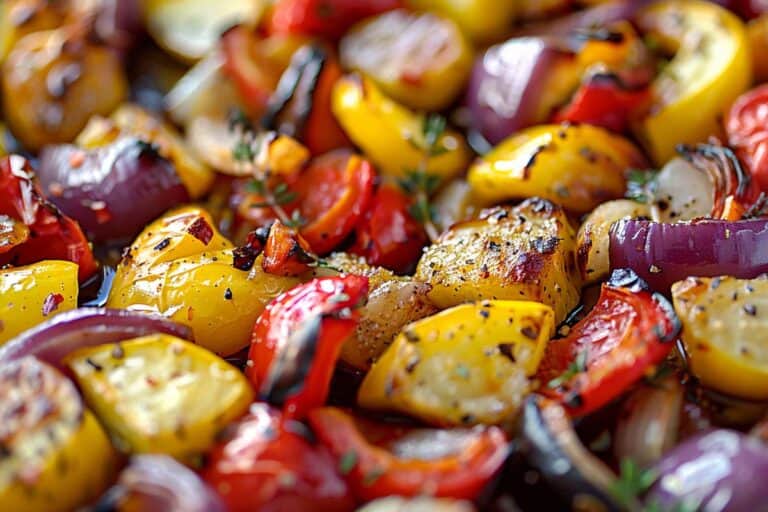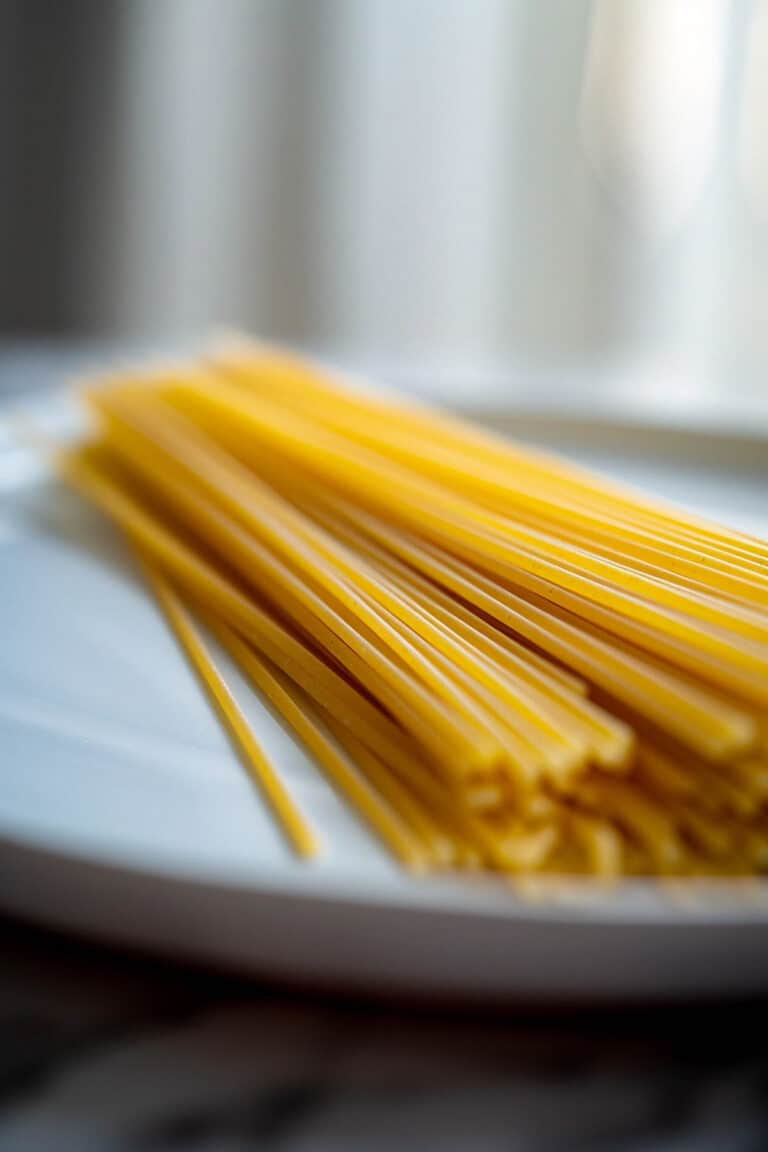Herbals Marvels: How To Prep, Cook, and Store Fresh Rosemary
With its piney scent and savory, floral taste, rosemary is a versatile herb prized in the culinary world. From roasted meats and fish to soups, stews, and sauces, rosemary is indispensable for imparting bold, delicious flavor. This guide will provide all of the information you need to prepare, cook, and store rosemary to preserve its flavor and texture.

Selecting Fresh Rosemary
Rosemary is an evergreen herb, meaning it is available year-round. However, rosemary grows and blooms in warm weather and remains dormant in the winter, so summer is when rosemary will be the most flavorful and aromatic.
You will be able to find rosemary at grocery stores year-round.
Rosemary has a sturdy stalk with woody, slender branches holding closely spaced leaves. Only the green, needle-like leaves of the plant are edible.


Whether you’re growing herbs inside in a window planter or in an outdoor garden, the plant produces vigorously and needs to be pruned to maintain its shape.
You can also let it grow into a larger plant for a beautiful addition to your yard.
“The first time I fell in love with rosemary trees was in Croatia, where they grow into beautiful bushes. Since then I let my rosemary in the garden grow much bigger than I would have and use it throughout the year for everything that needs flavor and aroma. I even add it on top of my candles.”
— Zuzana Paar, Best Clean Eating

If you don’t have the time or space to grow herbs at home, there are tips to select the freshest oregano from your local store. Choose bunches that are fragrant and bright green. Be sure there are no black or brown spots on the leaves and that the leaves are not dried out.
If there is a lot of moisture in the plastic container, you may want to choose a different bunch. Too much moisture can lead to mold growth.
The Taste of Rosemary
Rosemary has a savory, earthy, floral, and piney flavor. It is very aromatic. There can be slight variations in the taste of rosemary, with notes of citrus and pepper sometimes present as well.

“I fell in love with rosemary when I was in college and I would get these really great rosemary chicken salad sandwiches at a local deli. Since then I’ve learned to make my own version of the sandwiches, and there’s just something about the woody aroma and the flavor of fresh rosemary that I adore. I try to keep a pot growing on my kitchen windowsill year-round.”
— Jennifer Osborn, Kitchen Serf
Cleaning Rosemary
To clean fresh rosemary, remove any packaging, including twist ties, rubber bands, or plastic clamshells. Inspect the rosemary and remove any leaves with brown or black spots. Remove any dried-out leaves as well.

Next, rinse the rosemary under cool running water to remove any dirt or debris. Remove excess moisture by patting it dry with paper towels or running it through a salad spinner.
Storage Suggestions
Rosemary is a hardy herb, like oregano or thyme. This means that it is less likely to wilt than soft herbs like cilantro, dill, basil, or parsley. It must be stored properly, however, to preserve its texture and flavor.


There are several ways to store fresh oregano. One option is to wrap the rosemary in a damp paper towel and store it in the refrigerator.
“I love rosemary, its earthy and invigorating aroma elevate many meat, poultry and seafood dishes. I always keep some fresh in my fridge. In order to make it last longer, I do not wash it until ready to use it. Instead, I wrap it loosely in a damp paper towel and place it in a storage bag or an airtight container in the refrigerator.”
— Sonia Skounaki-Garbidakis, Eat Mediterranean Food
Another option is to trim the ends of the rosemary stems and store them in a glass that is partially filled with water. Be sure to change the water when it becomes murky or cloudy to keep the rosemary fresh and remove any leaves that are submerged in the water.

You can also dry rosemary. A dehydrator will work well for this task, or you can hang the rosemary upside down with a piece of twine in a cool, dry place. Once fully dried, store it in an airtight container like a glass jar.
You can also freeze rosemary in ice cube trays. Add rosemary leaves, chopped or whole, to the individual compartments of an ice cube tray, then pour cold water over top to cover. Freeze the rosemary for later use in soups, stews, and sauces.
Culinary Uses for Fresh Rosemary
Hardy herbs should be added early on in the cooking process to flavor the dish. Fresh rosemary can be quite strong, so use it sparingly.

“I am lucky to be able to grow rosemary and I use it all year round. I cut stems off and put it in homemade broths and also pull the leaves off and chop them to add to bread, stews, and salad dressings. There are so many uses and the woodsy flavor adds depth to so many dishes and doesn’t seem to diminish during cooking, so use it sparingly to not overpower your dish.”
— Jere’ Cassidy, One Hot Oven
Fresh rosemary is a wonderful addition to roast pork, chicken, lamb, soups, stews, bread, other savory baked goods, salad dressings, marinades, and a variety of other vegetable and meat dishes.


Fresh rosemary is often used in Mediterranean cuisine, particularly Italian and French dishes. It’s added to the popular French herb blends herbes de Provence and bouquet garni, which is used to season poultry, lamb, fish, stews, and in marinades for olives and cheese. You will also see rosemary in some Spanish and Mexican dishes.
Final Thoughts
Rosemary is a hardy, floral herb that is used mainly in savory dishes. It is loved for its bold aroma and earthy, piney flavor. It is found most often in Mediterranean cuisines, particularly French and Italian.
Rosemary is in season during the warm summer months, but it grows perenially. It is also available at grocery stores year-round.

When selecting rosemary from the store, choose a bunch with fragrant, bright green leaves. Don’t choose a bunch that is dried out or that has black and brown spots, and be sure the packaging doesn’t contain too much moisture.
Store rosemary in a damp paper towel in a plastic bag in the refrigerator, or trim the bunch and store it in a partially filled glass of water. Freezing and drying rosemary are two other popular storage methods.
Because it is a hardy herb, rosemary should be added at the beginning of the cooking process. It can also be added to marinades to flavor meat, fish, olives, or cheese.
From soups and stews to hearty roast meats, fresh rosemary has a wide variety of culinary applications. Consider adding some to your garden this year and open a world of delicious possibilities.
This article originally appeared on Food Drink Life.






